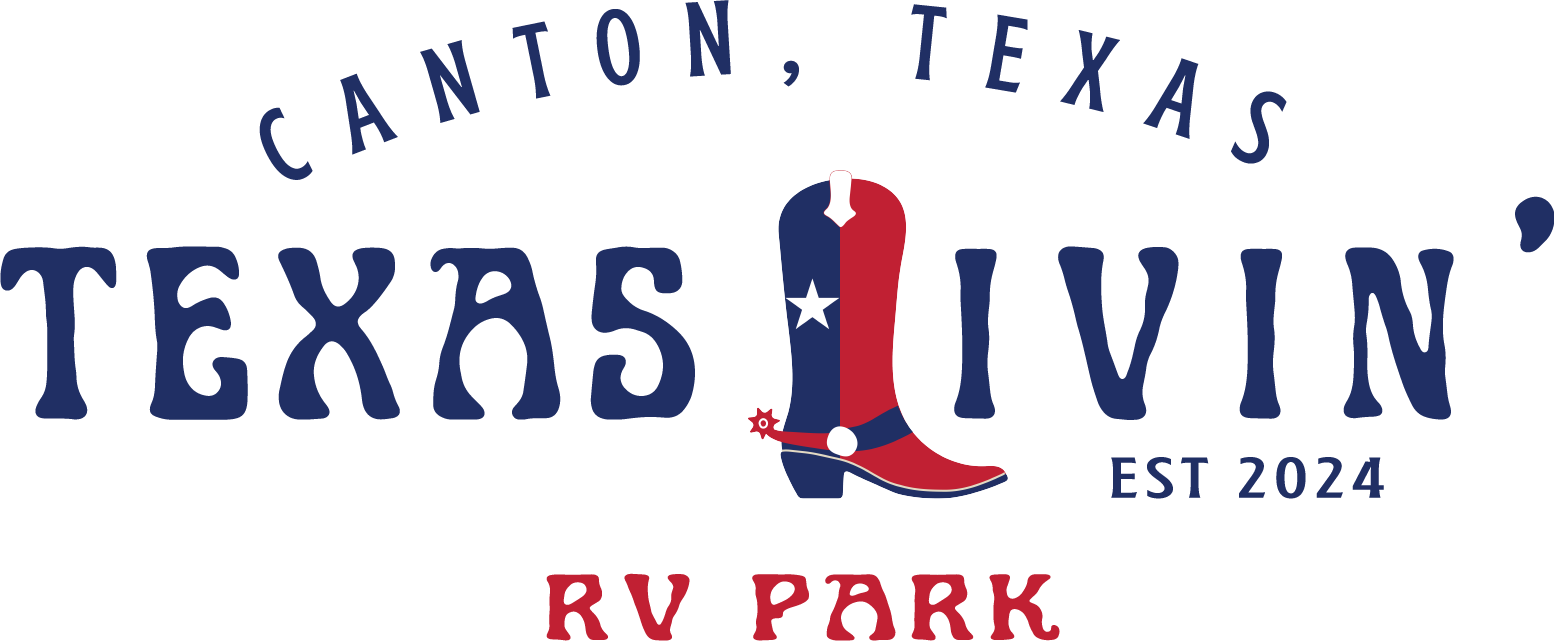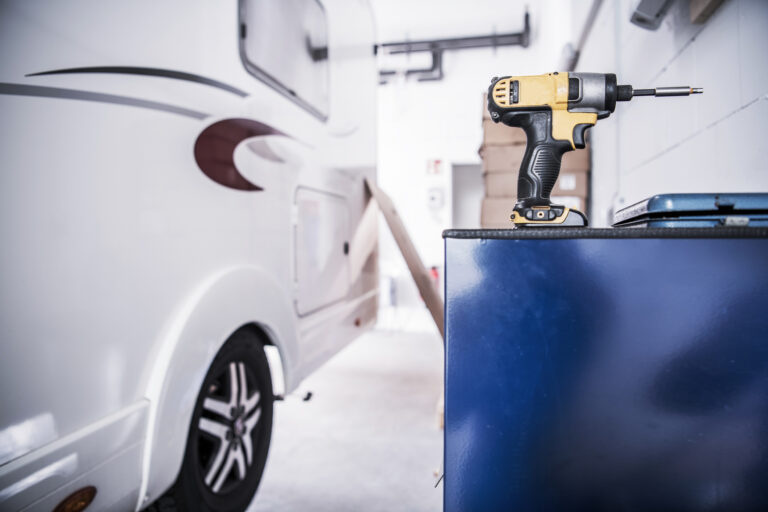Planning an RV vacation can be an exciting adventure! Whether you’re taking to the open road for a long trip or escaping for the weekend, Texas Livin’ RV Park offers this quick step-by-step guide to get you started on your journey and ensure that you make the most of it.
1. Determine Your Route and Destinations
- Choose a Destination: Decide where you want to go and what you want to see. This could be a specific landmark, a national park, or a region you’re interested in.
- Plan Your Route: Map out the route you’ll take to reach your destination. Consider scenic byways or interesting stops along the way.
2. Plan Your Itinerary
- Decide on Travel Days: Determine how many days you plan to travel and how many days you’ll spend at each stop.
- Research Campgrounds: Look for campgrounds or RV parks along your route. Websites like Campendium, AllStays, and The Dyrt can be useful for finding and reviewing RV sites.
- Make Reservations: Book your campgrounds in advance, especially during peak travel seasons. Some popular spots may fill up quickly.
3. Prepare Your RV
- Maintenance Check: Ensure your RV is in good working condition. Check the engine, tires, brakes, and all systems (water, electrical, propane).
- Stock Up: Equip your RV with essentials like kitchen supplies, bedding, and first aid. Don’t forget items specific to RV living, like leveling blocks and a sewage hose.
- Safety Gear: Ensure you have safety equipment such as a fire extinguisher, a roadside emergency kit, and any necessary documentation.
4. Plan for the Journey
- Driving Considerations: Plan for rest stops and fuel stations along the way. Factor in the RV’s fuel efficiency and any weight limits on roads.
- Road Conditions: Check for any road closures or construction that might affect your route. Some RVs can’t go on certain types of roads or through tunnels.
5. Pack Smart
- Essentials: Bring clothing suitable for the weather and activities you’ll be doing. Include cooking supplies, personal toiletries, and entertainment options.
- Entertainment: Pack books, games, or outdoor gear depending on your activities. Consider bringing a camera to capture memories!
6. Budgeting
- Cost Estimates: Calculate the cost of fuel, campground fees, food, and activities. Include a buffer for unexpected expenses.
- Track Spending: Keep track of your expenses during the trip to stay within budget.
7. Plan for Connectivity and Navigation
- GPS and Maps: Make sure your GPS is up-to-date. Have a backup plan with physical maps in case of technology issues.
- Internet Access: If you need internet access, consider a mobile hotspot or check for Wi-Fi availability at campgrounds.
8. Prepare for Emergencies
- Emergency Plan: Have a plan for emergencies, including knowing the locations of nearby hospitals and emergency services.
- Important Contacts: Keep a list of important contacts, including family and roadside assistance numbers.
9. Enjoy the Journey
- Flexibility: Be prepared for changes in plans. Sometimes the best experiences come from unplanned detours.
- Relax: Take time to relax and enjoy the journey. RV vacations offer a unique opportunity to explore and create lasting memories.
10. Post-Trip Checklist
- RV Maintenance: After your trip, check your RV for any issues or maintenance needs.
- Unpack and Clean: Clean and restock your RV to be ready for your next adventure.
Planning an RV vacation takes some effort, but it’s all worth it when you hit the road and start exploring. Enjoy your trip!

